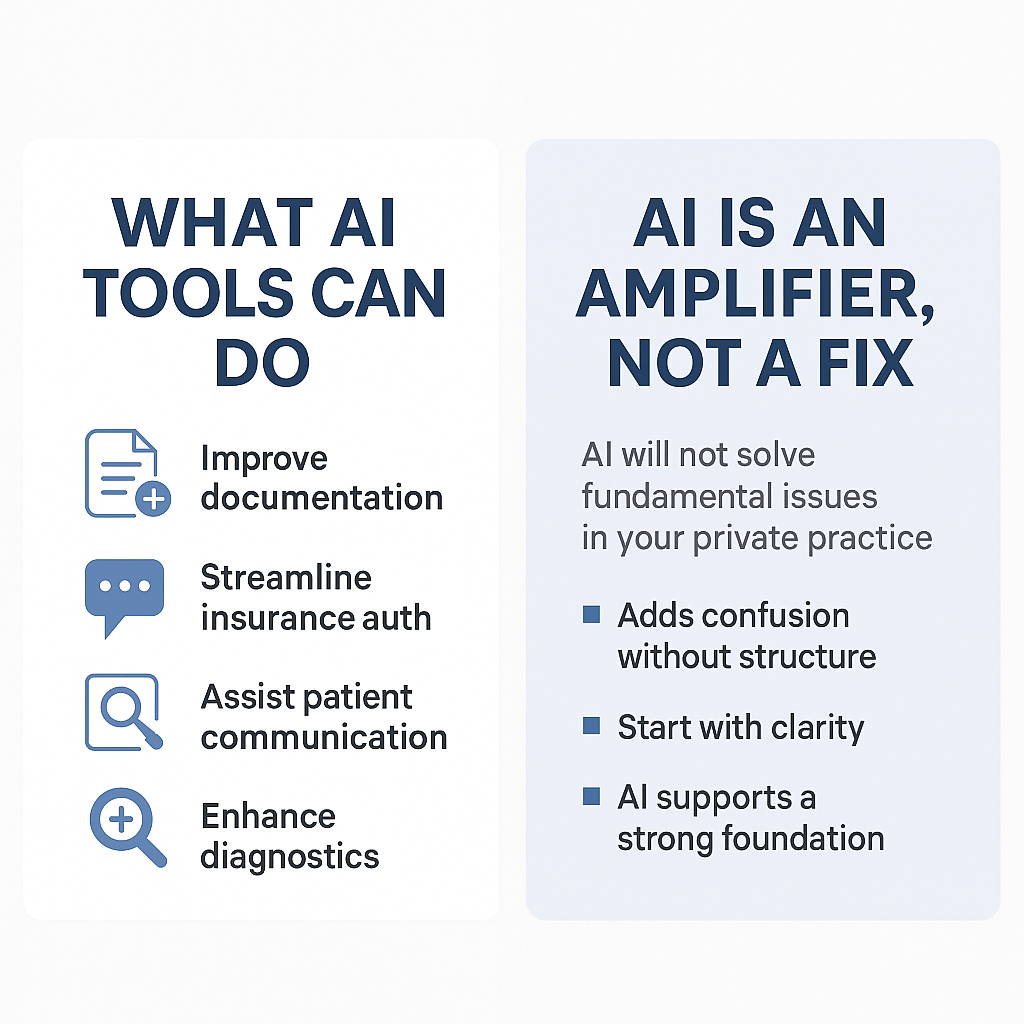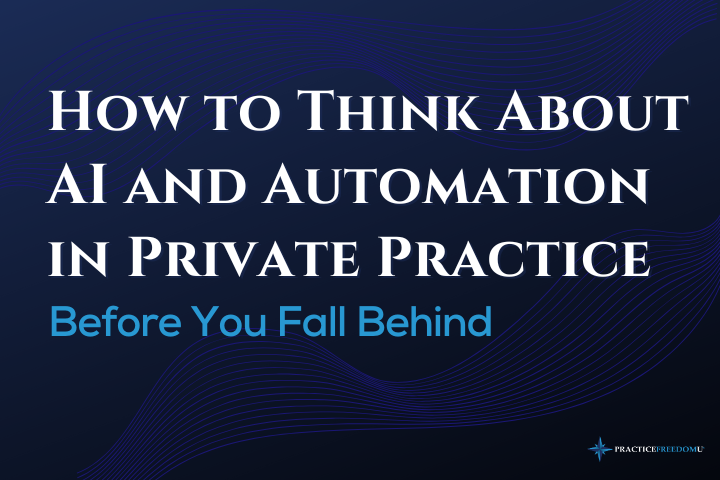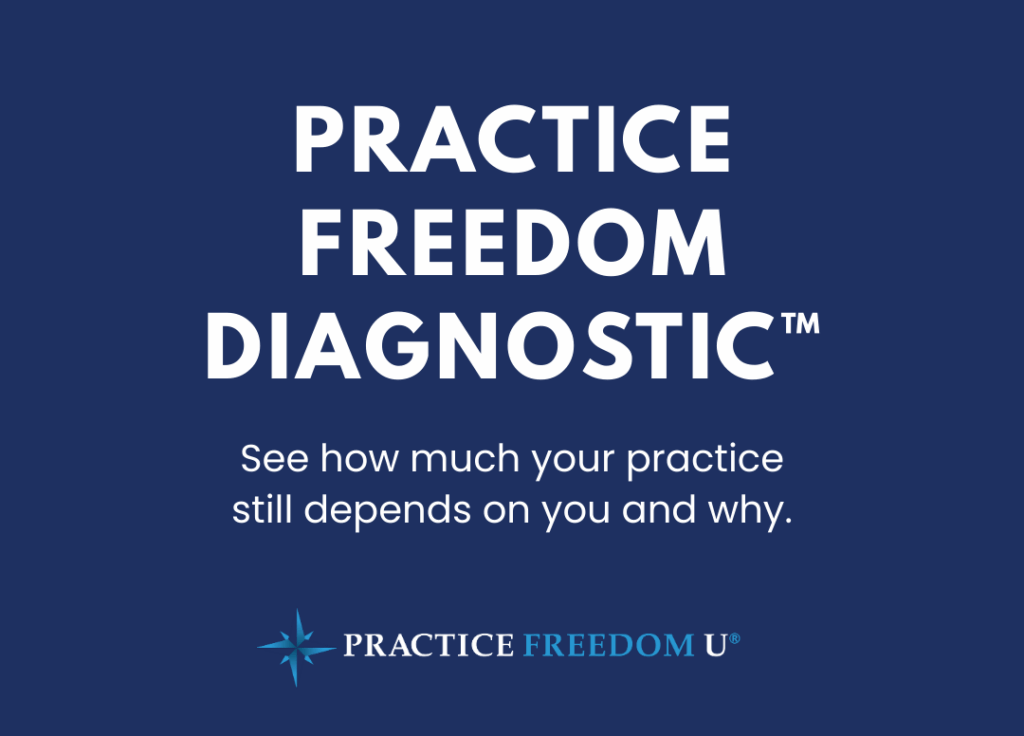Artificial intelligence has gone from tech buzzword to daily reality.
In healthcare, it’s already showing up in clinical documentation, diagnostics, patient communications, and even prior authorizations. The American Medical Association reports that 64% of physicians are using some form of AI in their workflow. McKinsey predicts automation could free up 10 to 20% of a provider’s time. And the rollout of AI scribes and assistants is accelerating across hospital systems and specialty groups.
So yes, the wave is real. But here’s the part no one’s saying loudly enough:
If your private practice isn’t already running smoothly without AI, adding it might not help. It could actually make things worse.
What AI Tools Can Do
AI is making meaningful progress in solving specific, repetitive problems:
- Transcribe and summarize SOAP notes via ambient scribe tech
- Streamline prior auth and insurance follow-ups
- Auto-respond to routine patient messages and scheduling requests
- Flag diagnostic risks using radiology and imaging data
Used correctly, these can reduce admin load, improve accuracy, and free up bandwidth for clinicians.
But what doesn’t get enough attention is how often these tools fail or stall because the practice wasn’t ready for them.
Where Most Practices Get It Wrong
You don’t rise to the level of your technology. You fall to the level of your systems.
Most private practices are still deeply owner-dependent. The practice owner is the lead clinician, operations director, and team problem-solver all rolled into one. That means adding AI without structure is like pouring water into a leaky bucket.
Instead of buying back your time, the tech adds confusion:
- Who owns setup and training?
- Who monitors accuracy and flags issues?
- How does the tool integrate with the rest of your systems?
Without clear answers, the tech becomes shelfware. Worse, it adds another layer of responsibility back on your plate.

AI Is an Amplifier, Not a Fix
This is the mindset shift most practice owners need:
AI doesn’t solve broken workflows. It magnifies them.
If you already have clear roles, tight systems, and a team that takes ownership. AI can help you move faster.
But if you’re still the bottleneck? It’ll just speed up the dysfunction.
The latest research backs this up:
- Practices that succeed with AI cite governance, workflow alignment, and trust as key factors, not the tool itself (JMIR, 2024)
- AMA data shows physicians are more willing to adopt AI when they understand how it helps and who owns it in the process
- Systems without clarity create automation fatigue, not freedom (Healthcare IT Today, 2025)
Want to Future-Proof Your Practice? Start Here.
Before you buy your next tool, ask:
- Do I have clear roles and accountability across my team?
- Do I trust them to run core systems without me?
- Is my practice set up to adapt, or am I still holding it together?
Because once you build a foundation of clarity and alignment, the tech becomes simple. You’ll know what to say yes to. And just as importantly, what to ignore.
This is what we work on inside Practice Freedom U: helping you stop being the bottleneck, so you can actually lead your business.
Want to see what that could look like for your practice?
————————————————————-
Are you ready for a coach? Join the hundreds of physical therapy owners who are building the practice of their dreams with the support, guidance and direction of a Practice Freedom U Coach. Take the first step towards creating a business that sets you free by scheduling a Discovery Call


